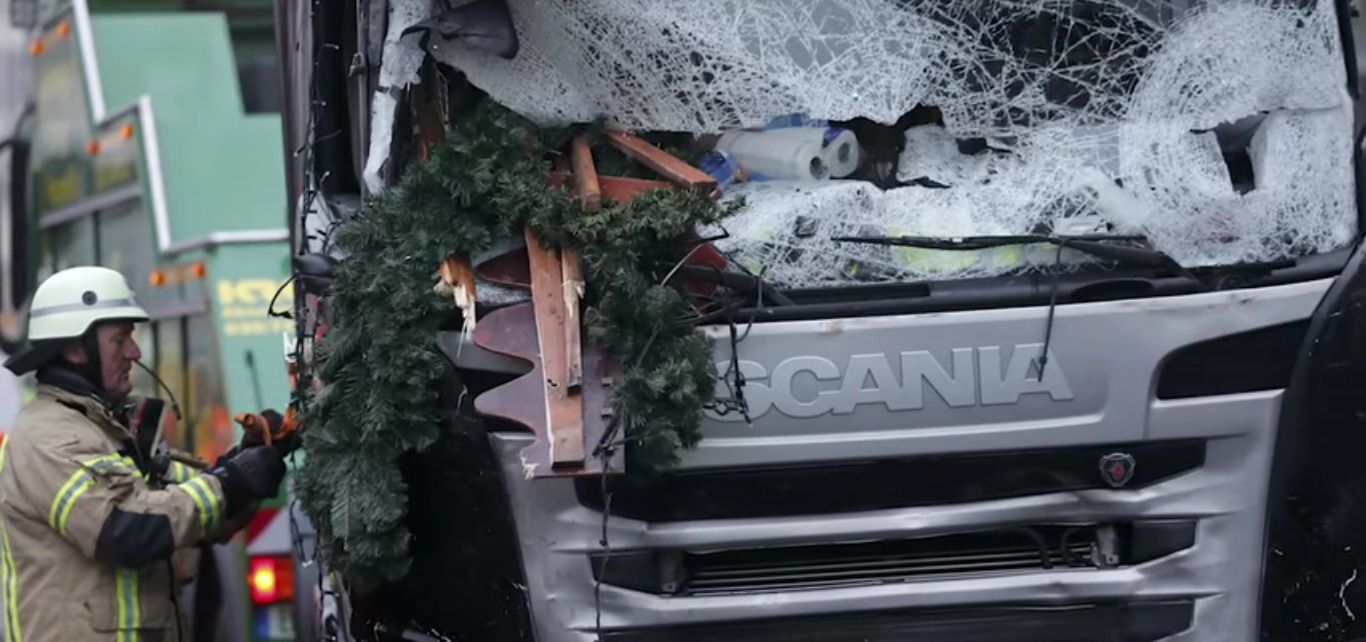Terrorist attacks are becoming more and more common, with terrorists resorting to all kinds of different techniques to inflict pain and death on innocent people that don’t see it coming. If it wasn’t apparent before, it became painfully apparent back in July of 2016 when some nutcase decided it would be a great idea to drive a truck into the crowds that were celebrating Bastille Day in Nice, France. But the truck attacks didn’t stop there, as it happened yet again just months later in Berlin, Germany. The attack on Nice, France saw 85 people dead and more than 400 injured while the attack in Berlin saw a much lower death and injury count to the tune of just 12 dead and 56 injured. So, what was the difference?
According to German new outlet Süddeutsche Zeitung, the truck used in the attack may have had semi-autonomous technology that helped to bring the truck to a stop. An independent investigative company known as “City” has gone on record saying that the truck was, in fact, equipped with an advanced emergency braking (AEB) system as part of its collision mitigation system – a required technology on heavy vehicles after the European Union mandated such equipment on new vehicles back in 2012. With this AEB system in place, the truck came to a stop automatically in less than 265 feet after the initial collision was detected – ultimately saving a lot of lives.
So, while some of us may hate the idea of autonomous technology and are hesitant to trust it, the terror attack in Berlin just goes to show how beneficial this technology can be. The attack in Berlin could have been just as bad, if not worse, than the attack in Nice. If anything, you can bet the folks in the crowd that night are surely thankful for semi-autonomous technology.
Continue reading for the full story.
Why it Matters
Sure, autonomous technology has fallen under a lot of scrutiny lately with Tesla owners placing blame for their mistakes on Tesla’s autopilot system, and there has been at least one case where AutoPilot was found to be at fault (the first fatal accident involving AutoPilot here in the U.S.) And, let’s not forget about Uber’s self-driving Volvos running red lights in California. But, there have also been several instances where semi-autonomous technology has prevented accidents, death, and injury.
One such case was a few days ago when a dashcam video surfaced of a Tesla Model X predicting an accident on the highway before it happened. And, the people of Berlin can obviously thank semi-autonomous technology for its role in saving lives as well. Come 2022, every new car in the U.S. will be required to have an AEB semi-autonomous system as standard equipment, so even if you don’t like the technology that much, it’s proven itself and is going to be here for a long time come.

